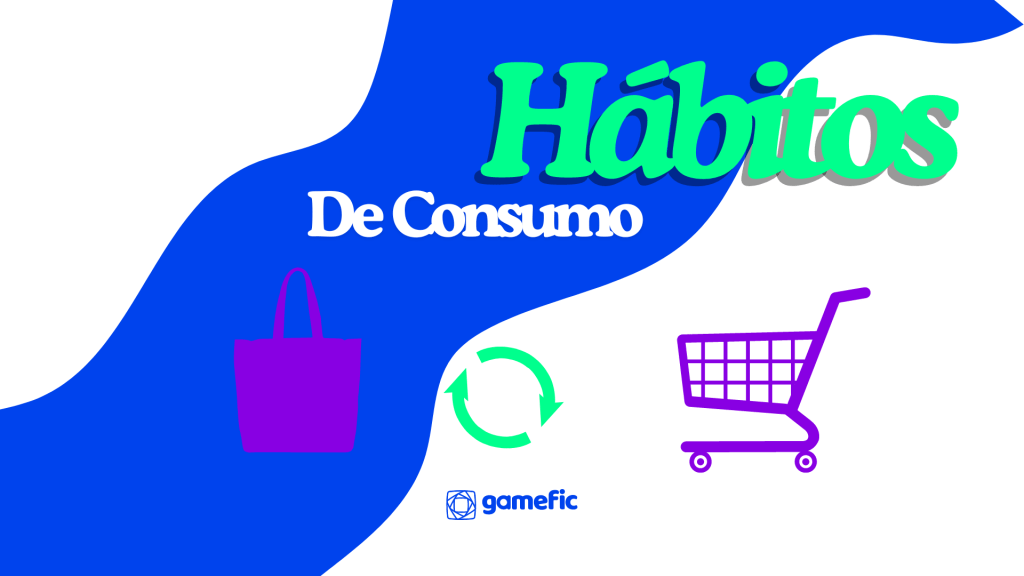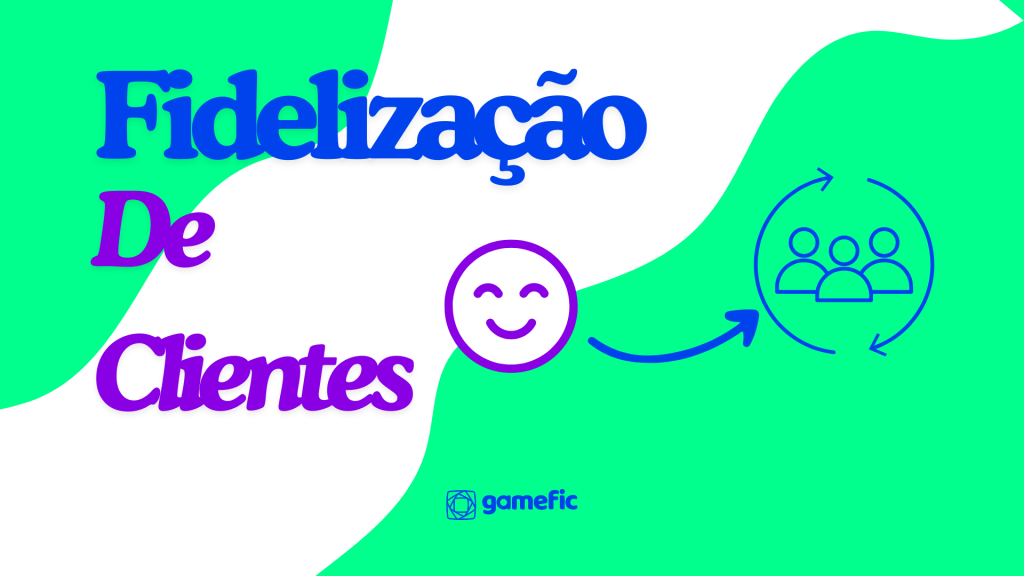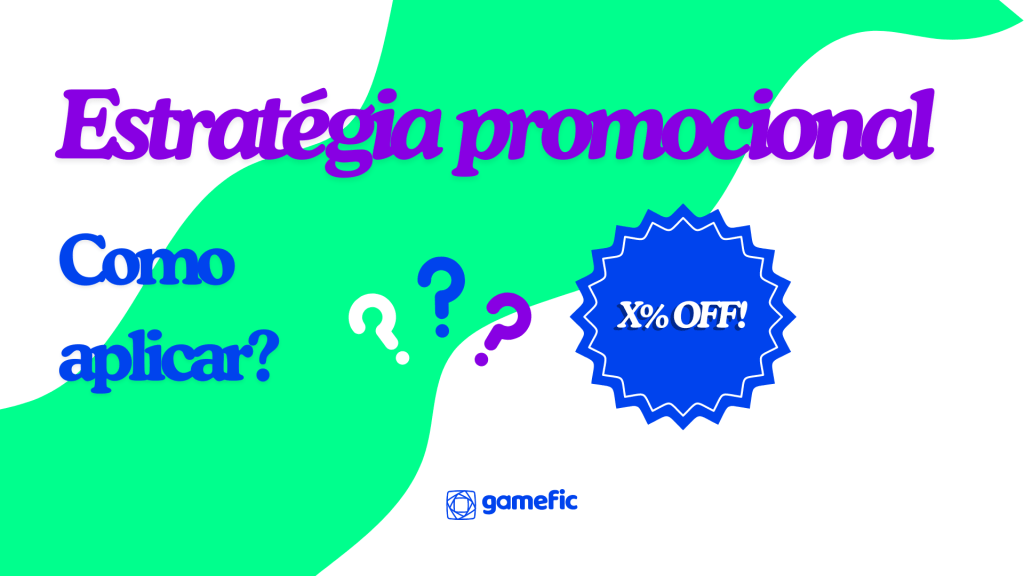You may not be a fan of video games, but there is a good chance that at some point you spent a long time on your phone with your attention locked on a game, or at least you know some people who go through it.
After all, it is natural for human beings to seek fun in games, in addition to spending time, it challenges the mind.
This trend was noticed by people involved in distance learning. And gamification arrived in e-learning with the promise of enhancing the learning and results obtained by students.
Gamification in e-learning: how does it work?
Índice
- 1 Gamification in e-learning: how does it work?
- 2 Ok, I’m going to apply gamification to e-learning. What can’t be missing?
- 2.1 Create a motivating environment
- 2.2 The game environment is the first step. Having an attractive look and a cohesive narrative for the purpose of teaching is a crucial first step when applying gamification.
- 2.3 Define and expose the rules
- 2.4 Every game has its rules. In e-learning it cannot be different. The rules place all students on an equal level of competition. Between the learning phases, it is still worth surprising with new challenging rules, or bonus levels that present another competition format. This helps to maintain engagement.
- 2.5 Game over
- 2.6 Reward on the way
Applying games in distance learning is a way to transform learning into a more dynamic way. The elements of gamification encourage students to take full advantage of each stage to achieve the greatest objectives proposed by the platform.
The teaching format with games is also more effective in retaining knowledge by students. Since the score varies according to each person’s performance, players tend to be more motivated to actually learn.
In other words, the game excludes the feeling of obligation of learning that traditional classroom formats usually carry.
The main characteristics of gamification in e-learning
Games, whether on consoles, boards or distance learning, have the same goal: involvement.
And some characteristics of gamification are fundamental to the success of its application in teaching. Between them:
- Reward and Feedback
- Use of levels to segment the teaching stages
- Score defined by phase to motivate learning
- Attractive visual elements to hold attention
- Defined time for the execution of each task, increasing the sense of organization and urgency
- The possibility of more than one life per phase for the student to experience different paths during learning
Ok, I’m going to apply gamification to e-learning. What can’t be missing?
We already understand that gamification is a new format to bring content in a dynamic and engaging way to students. And like any good game, the details will decide whether the method is efficient or not. One way to do this is:
Create a motivating environment
The game environment is the first step. Having an attractive look and a cohesive narrative for the purpose of teaching is a crucial first step when applying gamification.
Define and expose the rules
Every game has its rules. In e-learning it cannot be different. The rules place all students on an equal level of competition. Between the learning phases, it is still worth surprising with new challenging rules, or bonus levels that present another competition format. This helps to maintain engagement.
Game over
There is no aimless game. At the beginning of the student’s journey, it is necessary to make it very clear what is the role of the platform for his learning. Otherwise, any activity will be meaningless and demotivation will be inevitable for students.
Reward on the way
For every good performance or goal completed, the reward system must be applied so that engagement and motivation remain at a high level. Students who receive feedback show more dedication in the following phases.
The purpose of gamification in e-learning is to offer a new learning experience. More dynamic and engaging. The game as a form of teaching has gained strength among institutions and companies that want to provide the evolution of knowledge in a more fun way.
These characteristics are what make gamification more attractive for distance learning. The correct application results in better player performance results.
Learn more about gamification and all its benefits. Get to know Gamefic now.







